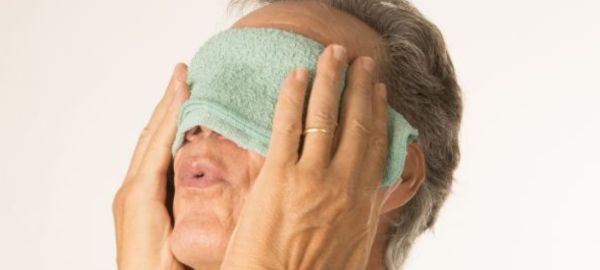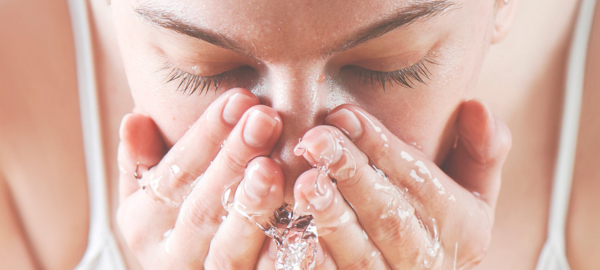Ask our dispensing optician
Your request was successfully submitted!
Eyelash Mites: Symptoms, Causes, and Treatment

Reviewed by
Maria Horan FBDO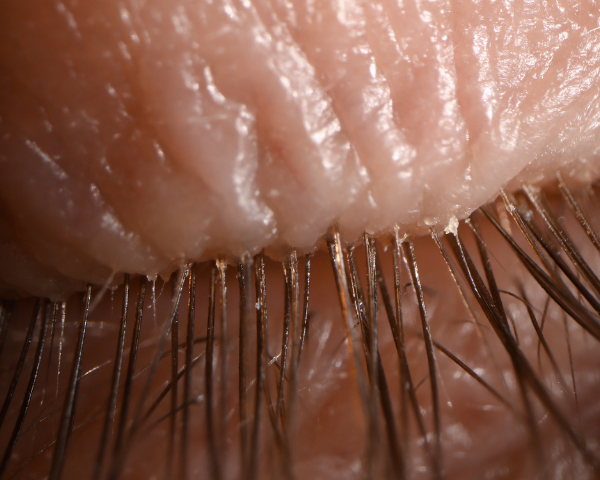
Have you ever heard of eyelash mites? They may sound like a cross between a horror movie villain and an unexpected house guest, but these tiny critters are not as scary as they seem.
A natural part of the human microbiome, these minuscule creatures can usually coexist without causing any harm.
What are eyelash mites?
Eyelash mites, scientifically known as Demodex folliculorum and Demodex brevis, are microscopic parasites that inhabit human hair follicles, particularly in the eyelash area.
Demodex folliculorum is the most common type of mite and lives within hair follicles on human skin. They are mostly found on the face and are most prevalent around the eyes.
Demodex brevis is another kind of mite found on humans. These mites are so small they cannot be seen with a naked eye.
They only become noticeable and cause reactions or problems if they are present in large quantities.
While all they want to do is feed on dead skin cells, when their population grows, and more eyelash mites are present, it can lead to various eye-related issues and discomfort.
Understanding the symptoms, causes, treatments and prevention methods associated with eyelash mites is crucial for avoiding eye and skin problems.
What causes eyelash mites?
The human body is home to many microorganisms, and eyelash mites are one of them.
Generally, their presence in small quantities can be beneficial as these microscopic mites feed on dead skin and help by removing excess oil and ridding the body of dead skin cells.
The exact cause of an eyelash mite infestation is not always clear, but factors that might contribute to their proliferation include:
- Poor hygiene: inadequate cleaning of the eyelids and face can allow mites to thrive.
- Oil gland irregularities: overproduction of oil in the eyelid glands can create an environment conducive to mite growth.
- Weak immune system: individuals with compromised immune systems may be more susceptible to mite infestations.
- Age: mite populations tend to increase with age, as the body’s ability to control their numbers may decrease.
- Skin conditions: those with dry or flakey skin, or rosacea, are prone to also have eyelash mites.
Eyelash mites are contagious and can be passed on through close contact with someone who has them. The affected person may have adult mites or larvae that can spread from person to person.
They can also be passed through mascara or other eye makeup, cosmetic tools and face towels, so avoid sharing these items.
DID YOU KNOW?
The name Demodex is derived from Greek δημός (dēmos) ‘fat’ and δήξ (dēx) ‘woodworm’.
Symptoms of eyelash mites
The presence of eyelash mites might not always produce noticeable symptoms.
When severe infestations occur and too many eyelash mites are present around the eyelash follicles, symptoms may then occur.
Some of the common symptoms of eyelash mite infestations include:
- Itching: persistent itching around the eyelashes is a common symptom caused by the movement of the mites.
- Redness: increased redness and inflammation of the eyelids.
- Burning sensation: some individuals may experience burning or stinging in the eye area.
- Crust formation: crust or debris formation at the base of the eyelashes, particularly upon waking up.
- Eyelash loss: excessive loss or thinning of eyelashes due to mite activity.
If you are experiencing uncomfortable symptoms and suspect an eyelash mite outbreak, you should see your eye doctor immediately.
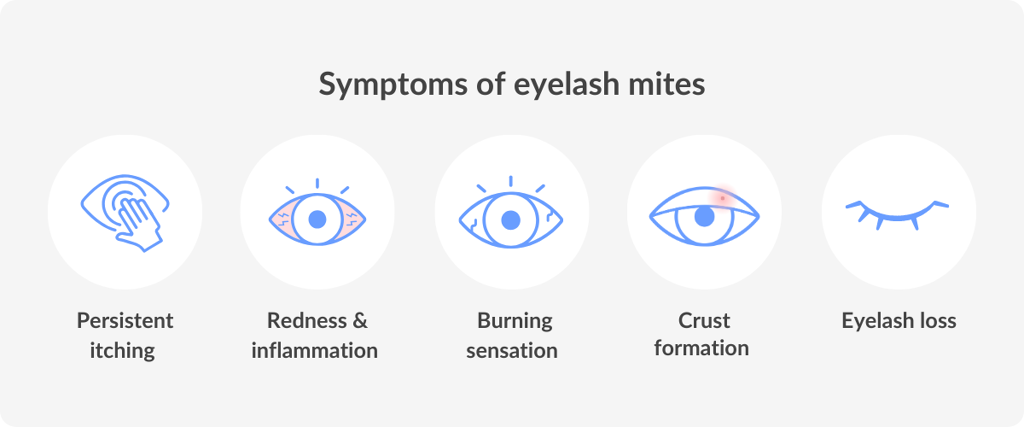
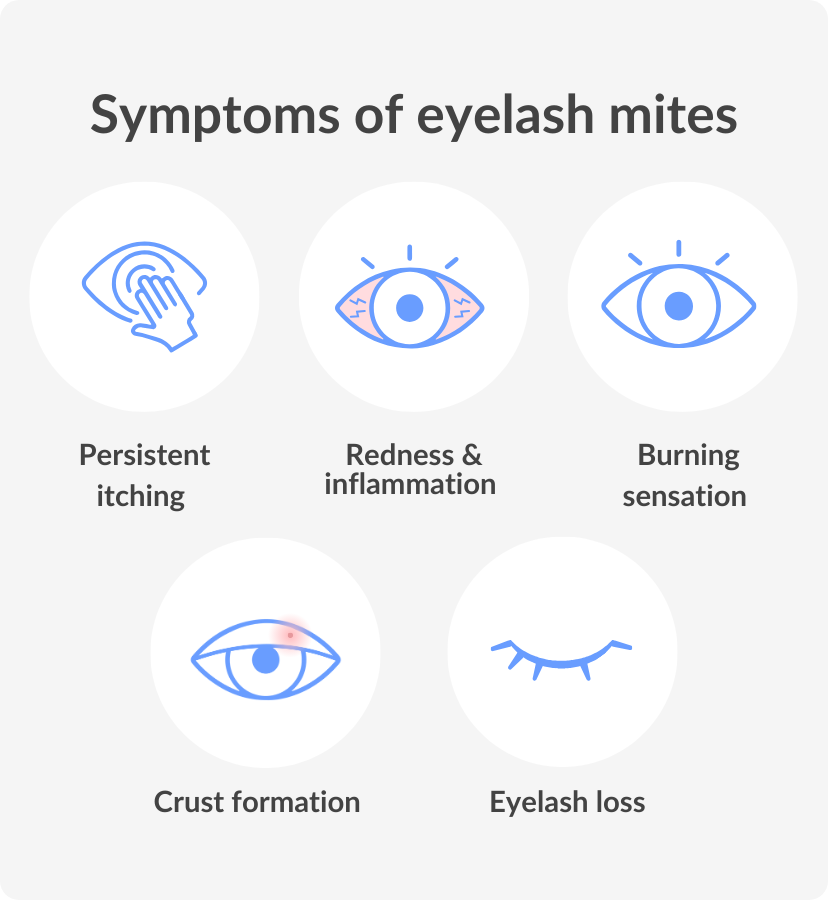
How to treat eyelash mites
It’s essential to approach the treatment of eyelash mite infestations cautiously.
Abrasive or harsh cleaning methods can irritate the eyes, so it’s best to consult with your eye doctor to ensure an appropriate and effective approach to managing eyelash mite infestations.
The treatment for an eyelash mite infestation typically involves a combination of hygiene practices and, in some cases, medicated solutions prescribed by a healthcare professional.
For a mild infestation, healthcare providers might prescribe medicated cleansers or scrubs formulated to eliminate mites and their eggs. These products are designed to target the mites without irritating the eyes.
In the case of a severe infestation or risk of secondary infections due to mite activity, an optometrist may perform a deep cleaning of the eyelids.
They might also prescribe antibiotics or other medications to address any infections.
Always follow the advice and treatment plan recommended by your eye doctor. They can provide personalised guidance and medications tailored to your specific situation.
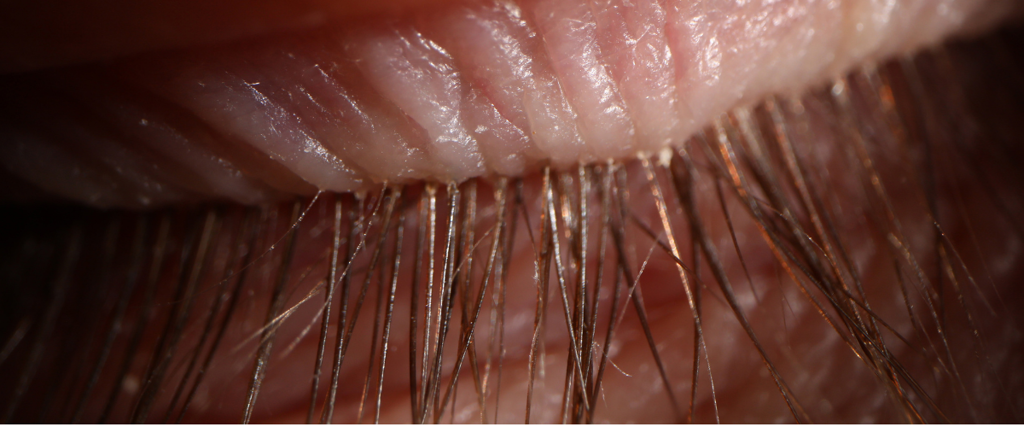
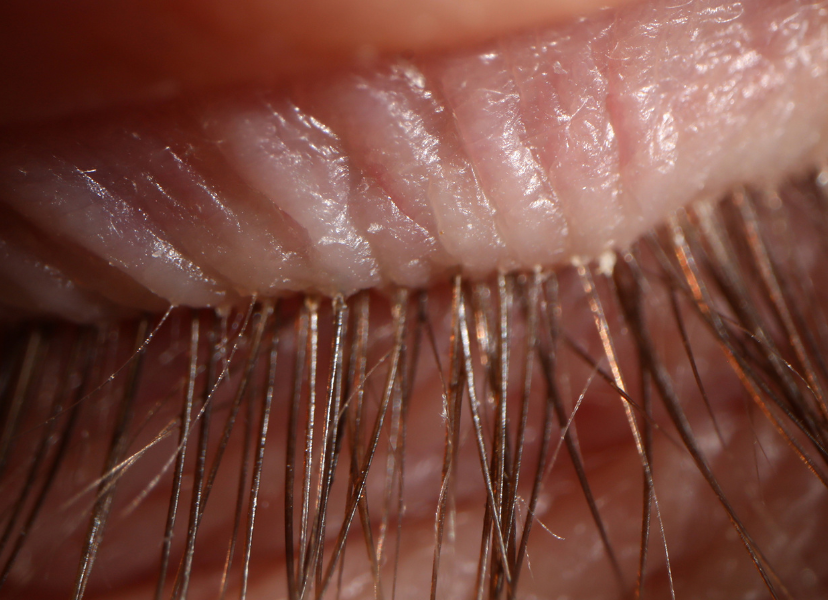
How to prevent eyelash mites
Preventing eyelash mite outbreaks involves several key practices. Maintaining good hygiene is the first step.
Regularly clean your eyelids and face using a mild cleanser. Do not share products like face towels or eye makeup and tools, as this can spread mites.
Washing your bedding regularly can also reduce the risk of an eyelash mite infestation. Clean pillowcases and bed sheets minimise the risk of mite transfer.
While eyelash mites are common, an overpopulation of these microscopic organisms can lead to discomfort and eye-related issues.
Regular hygiene practices, medical intervention when necessary and maintaining a healthy lifestyle are critical steps in managing and preventing complications arising from eyelash mite infections.
Related articles
